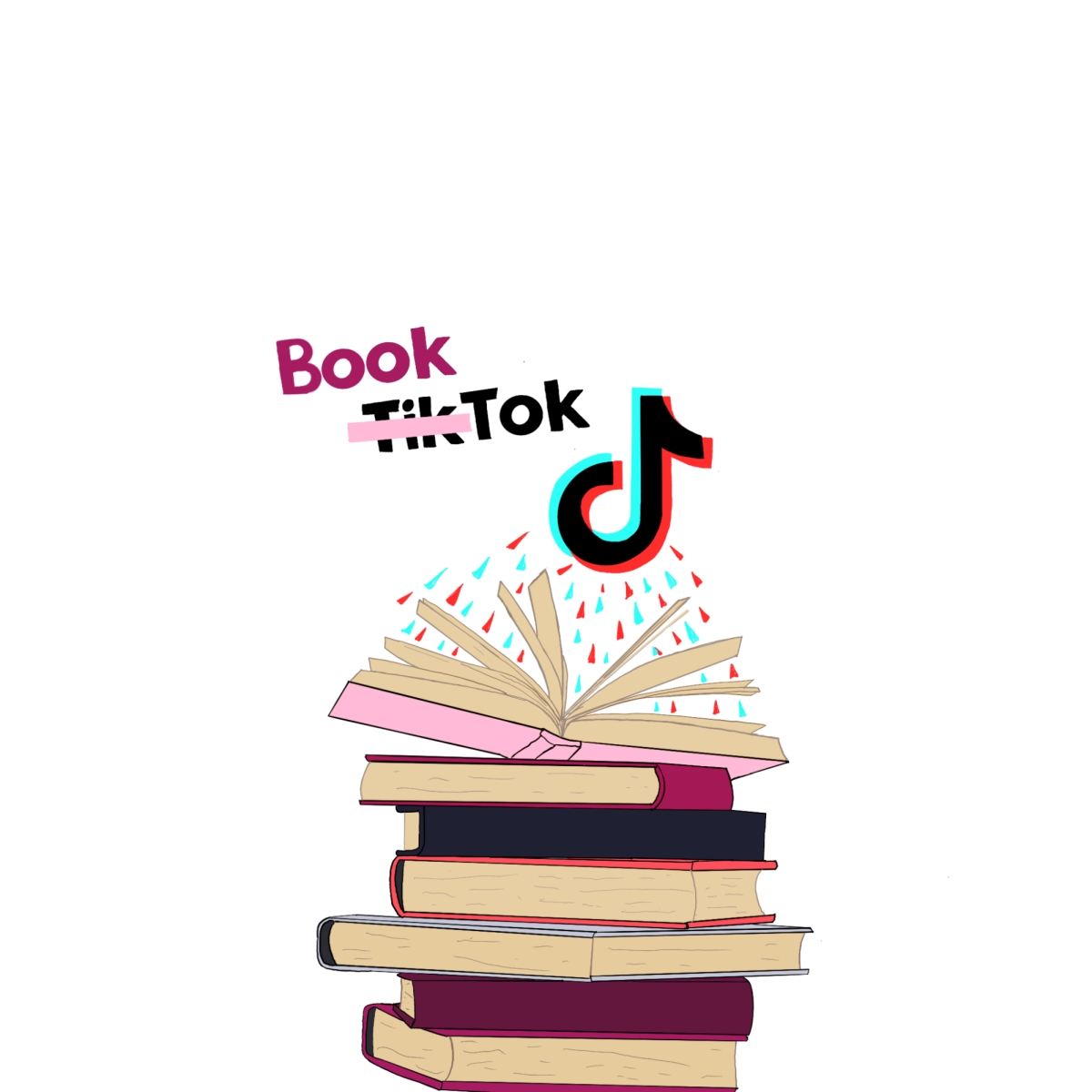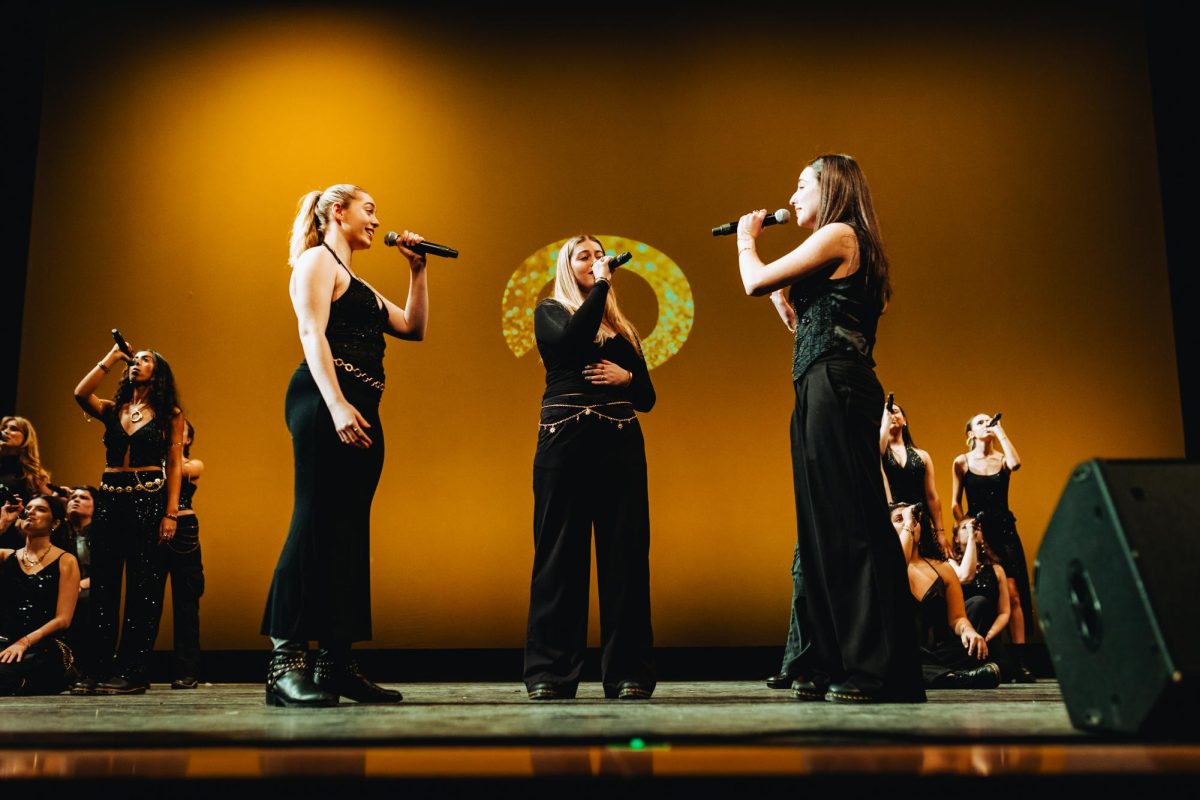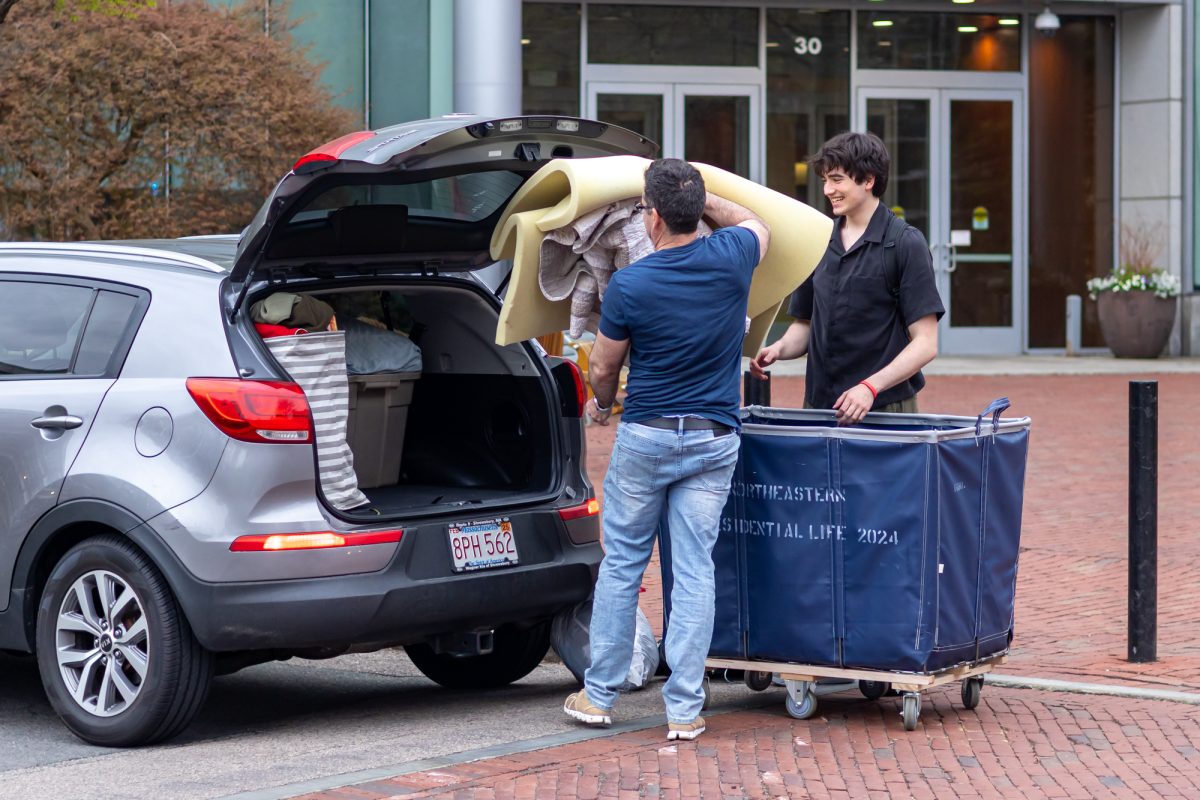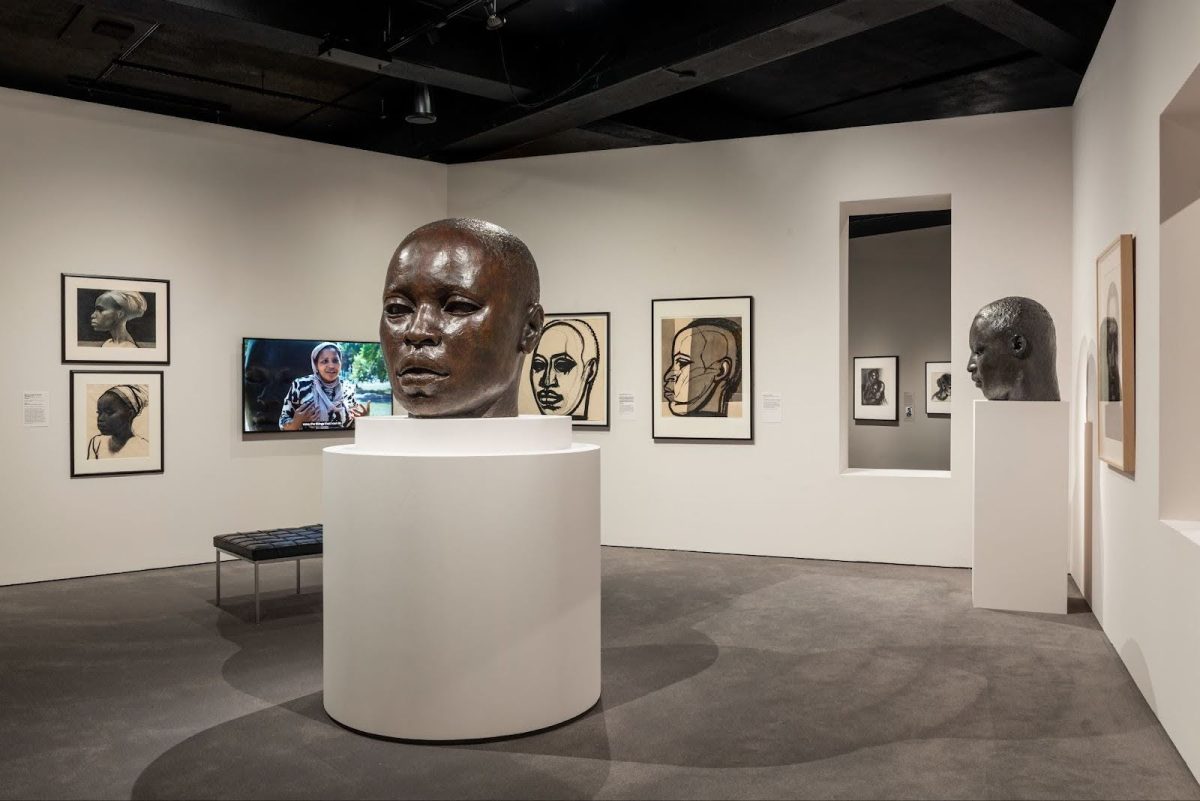If you’ve been online at any point since 2020, you’ve likely heard of “BookTok,” the literature-focused side of TikTok. Despite its mixed reputation and wide range of problems — including the romanticization of heavy topics like assault and abusive relationships — it rekindled an interest in reading for many and serves as a space for book-related discussions.
Over the past decade or so, there’s been a decline in physical bookstores, especially around 2020 as the COVID-19 pandemic shut down most life outside our homes. Independent bookstores, in particular, were forced to close their doors — many of them permanently — and big chain stores continue to suffer. But the age-old pastime of reading is a hard one to put to the back of the shelves — so, what happened?
The three largest factors contributing to this decline are the rise of online retail, e-books and the COVID-19 pandemic. E-books and online ordering can be convenient, and for some, it’s the only accessible option. But it’s hard to beat the feeling of being surrounded by books and holding paper pages in your hands, fully immersed in the story, taking a break from the onslaught of news that’s been coming from all directions.
After COVID-19 forced us inside, we desperately sought out community wherever we could. “Third places,” or places outside of home, work or school that allow community members to interact with each other, became practically inaccessible. Physical community gatherings, which were already sparse, were no longer possible, at least not without the risk of getting infected. So, where else was there to go but the internet?
Online communities and virtual book clubs quickly became a saving grace for many — a moment of connection in a socially-distanced world. When things felt hopeless (like we’d never see the end of the pandemic), books were always there to take us somewhere else, even if only for a little bit.
Now that businesses have reopened and it’s safer to be together in person, physical bookstores are seeing increases in foot traffic — especially Barnes & Noble, a chain bookstore. A lot of these visitors are the same ones who inhabited BookTok, always on the lookout for their next literary obsession.
After over 15 years of declining sales, Barnes & Noble is making a steady comeback. The chain opened 57 physical stores in 2024, with plans to open 60 more in 2025 — big numbers in comparison to the 30 stores that opened in 2023.
Most Barnes & Noble stores also feature a B&N Cafe, a small cafe where readers can pick up a coffee and a snack. Much like the average coffee shop, it’s a popular setting for studying, relaxing or reading a new book you just bought. Many Barnes & Noble stores also host a variety of events, including author signings, book club meetups and story times, allowing for more community opportunities and adding to the appeal of the physical bookstore.
These additional features to already-popular stores serve to foster community, allowing book lovers to come together and bond over a shared interest — this time, without staring at a screen. It adds even more value to the bookstore as a third space.
Barnes & Noble hasn’t hesitated to give BookTok credit for its resurgence, featuring BookTok-centered displays in stores and a BookTok section on its website, showcasing books that are currently trending. The book genres tend to be young adult, fantasy and/or romance.
Popular books sell, and these trends have been guiding lights for the kinds of books sellers should stock. While these genres certainly aren’t everyone’s favorite, with some readers feeling that they have a tendency to lean into repetitive formulas and tropes, their ongoing popularity has contributed to the rise of book sales.
In the end, literacy is still literacy. Reading is a fundamental skill regardless of what book you’ve chosen, be it a classic, a memoir or a fantasy novel. For hundreds of years, storytelling has brought communities closer together and helped people through difficult times.
BookTok and social media certainly have a lot of problems, but the trends and numbers have shown that the internet saved the physical bookstore — an action that deserves a five-star review.












